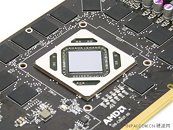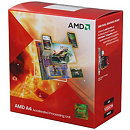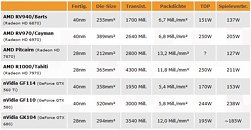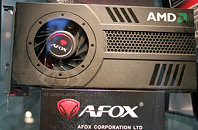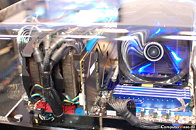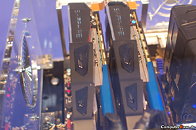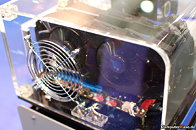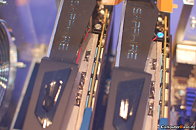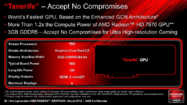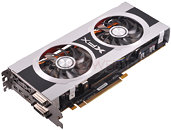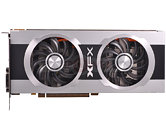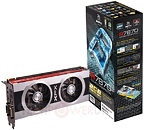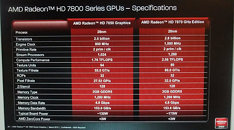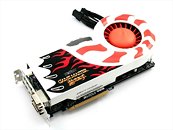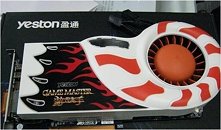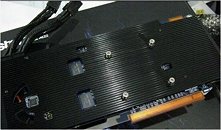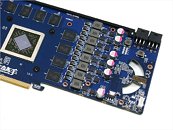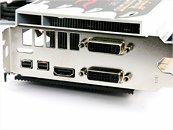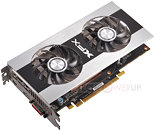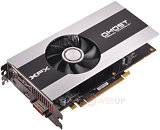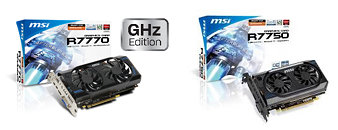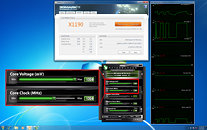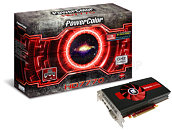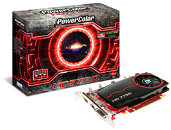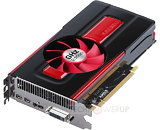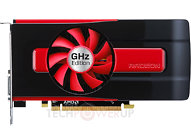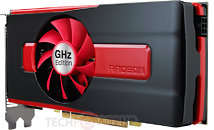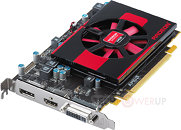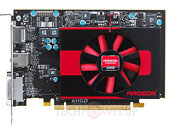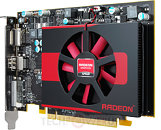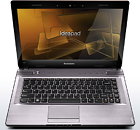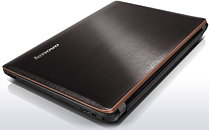
AMD and Rockwell Collins Help Improve Situational Awareness
AMD today announced Rockwell Collins, a leader in innovative communications and avionics systems for the aerospace and defense industries, has selected the AMD Radeon E2400 embedded graphics processor for inclusion in its highly-intuitive, integrated flight deck solution, Pro Line Fusion. Chosen for its advanced 3D graphics rendering capabilities, the AMD Radeon E2400 helps generate realistic graphical models of the external aircraft environment to help improve awareness of terrain, obstacles and runways in low visibility conditions. With this technology, pilots can now have key information at their fingertips, enabling them to make informed decisions during every phase of flight.
"The rapid and accurate visualization of data and access to information are essential for professionals in the aerospace and defense industries," said Richard Jaenicke, director, Embedded Client Business, AMD. "The AMD Radeon E2400 was specifically designed to meet customers' demand for high-quality graphics with a stable, long-lasting supply, making it ideal for system designers such as Rockwell Collins."
"The rapid and accurate visualization of data and access to information are essential for professionals in the aerospace and defense industries," said Richard Jaenicke, director, Embedded Client Business, AMD. "The AMD Radeon E2400 was specifically designed to meet customers' demand for high-quality graphics with a stable, long-lasting supply, making it ideal for system designers such as Rockwell Collins."

